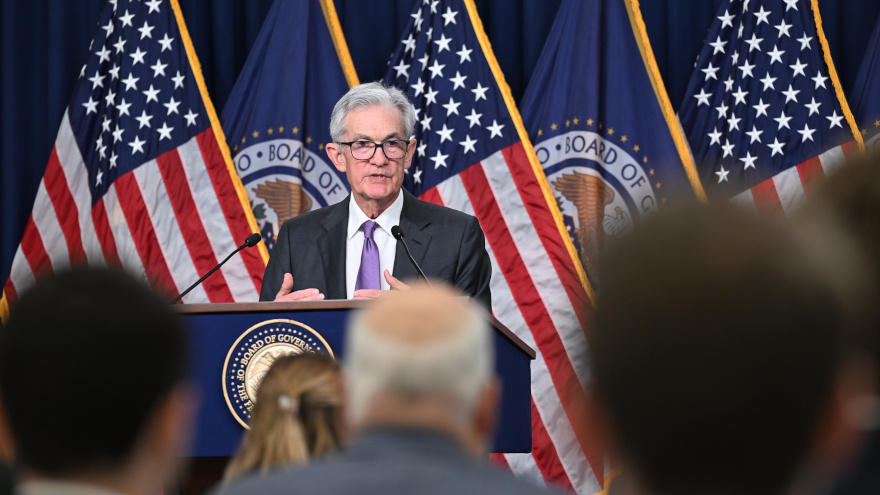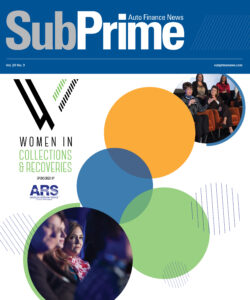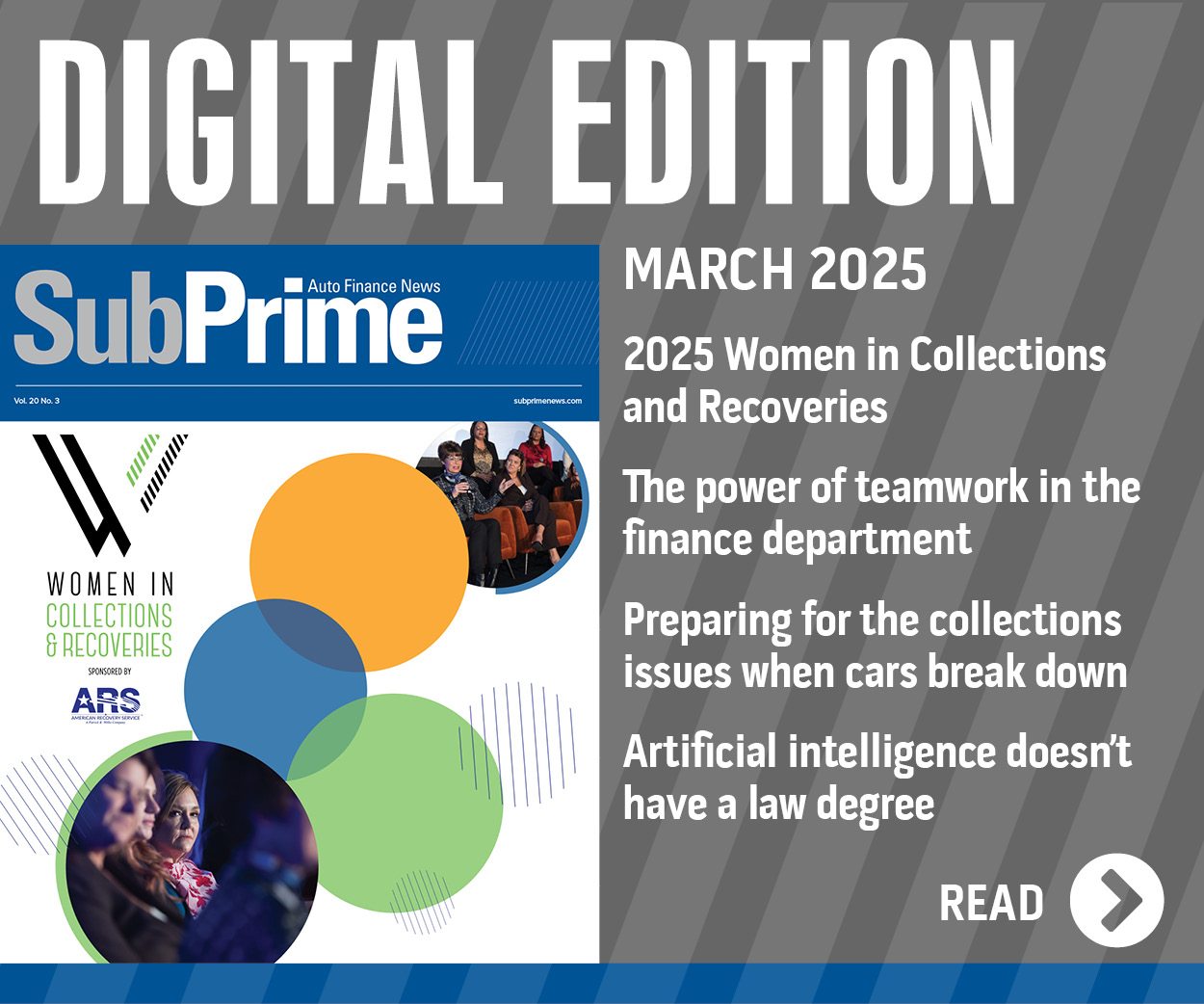Experts explain slow move toward interest-rate cuts

Federal Reserve chair Jerome Powell is pictured during a press conference on Wednesday in Washington, D.C. Image courtesy of the Fed.
The expectation of Michele Raneri and other industry experts that the Federal Reserve would not lower interest rates this week came to fruition.
On Wednesday, policymakers voted unanimously to leave the federal funds rate unchanged at 5.25% to 5.5%.
Prior to the announcement, Raneri, who is vice president of U.S. research and consulting at TransUnion, said, “While inflation continues to trend towards more normal levels, all indications from the Fed are that interests rates will likely remain at their current levels when they meet this week and that any potential decreases will take place later in 2024. This means U.S. consumers who continue to face relatively high interest rates across a range of credit products will likely have to wait at least a bit longer for rate relief. When rates do begin falling, the effects throughout the credit industry will be real but will likely be slow to take root.
“As we’ve recently reported in our Q4 2023 TransUnion Credit Industry Insights Report, consumer credit balances continue to remain at historically high levels as consumers have used that available credit to manage their finances during a recent environment of high costs,” she continued.
“As inflation appears to be cooling, balance growth may moderate and consumers may begin, if interest rates fall — at some point in 2024 — to explore refinancing that high interest debt into lower interest credit products to reduce balances,” Raneri went on to say.
Fed chair Jerome Powell acknowledged again that, “My colleagues and I are acutely aware that high inflation imposes significant hardship as it erodes purchasing power, especially for those least able to meet the higher costs of essentials like food, housing, and transportation.”
However, Powell stressed the reasons for why the Fed chose not to lower rates at this time.
“My colleagues and I remain squarely focused on our dual mandate to promote maximum employment and stable prices for the American people,” Powell said during the opening of his press conference on Wednesday in Washington, D.C. “The economy has made considerable progress toward our dual mandate objectives. Inflation has eased substantially while the labor market has remained strong, and that is very good news.
“But inflation is still too high, ongoing progress in bringing it down is not assured, and the path forward is uncertain. We are fully committed to returning inflation to our 2 percent goal. Restoring price stability is essential to achieve a sustainably strong labor market that benefits all,” Powell went on to say.
Cox Automotive chief economist Jonathan Smoke pointed out that this week’s development marked five consecutive instances of the Fed leaving rates unchanged. The next opportunity for policymakers to make a move arrives on May 1.
“High rates clearly limit who can buy expensive goods like vehicles that require financing. Consumers could see rates fall by as much as a percentage point by the end of the year as the Fed cuts rate policy and as yield spreads narrow from very wide levels,” Smoke wrote in his blog posted after Wednesday’s announcement.
“However, this presents a problem for the auto market and the broader economy in the short term,” he continued. “Once the impact of tax refund season ebbs in a few weeks, consumers who finance purchases may decide to stay on the roadside and wait until rates begin coming down. That could potentially slow an already slow-growing auto market.
“At this point, we are stuck on this road trip. The Fed is cruising, and the doors are locked. I hope we can make it to that June exit and a rate cut is waiting for us there. Otherwise, this is going to be a long, uncomfortable journey,” Smoke went on to say. “In the meantime, I expect supply to continue to exceed demand, delivering lower new and used vehicle prices. That should help with the disinflation that the Fed needs to tap the brakes on this road trip and start cutting rates.”
Comerica Bank maintained its forecast that the Fed will cut the rate by 25 basis points on June 12 with quarter percentage point cuts coming in September and December.
Like Smoke, Comerica chief economist Bill Adams and senior economist Waran Bhahirethan tried to explain the murky course the Fed appears to be taking.
“Chair Powell was asked directly at the press conference following the March decision about how much more data would be needed to make the committee ‘confident’ enough that inflation is ‘moving sustainably toward 2 percent’ before they start cutting, and he essentially said he wasn’t sure,” Adams and Bhahirethan said in their commentary released on Wednesday.
“Powell loves to speak plainly, but precisely, and his response was anything but,” Adams and Bhahirethan continued. “That implies FOMC policymakers hold a range of views about what the threshold for rate cuts should be. Chair Powell stated in the press conference that the FOMC is ‘a consensus-oriented organization and we do try to achieve consensus and ideally, unanimity.’ That messaging is essentially unchanged from the Fed’s prior decision in January.
“In short, the March Fed decision indicates that the Fed sees the economy largely on course with their projections released last December, implying that an initial rate cut will likely be appropriate around mid-year,” Adams and Bhahirethan added.

 View The Latest Edition
View The Latest Edition

